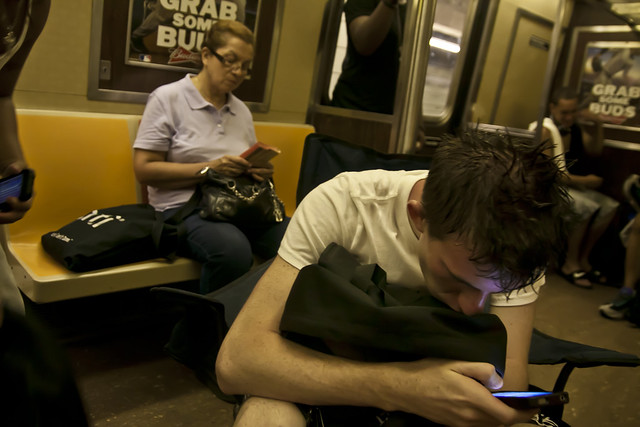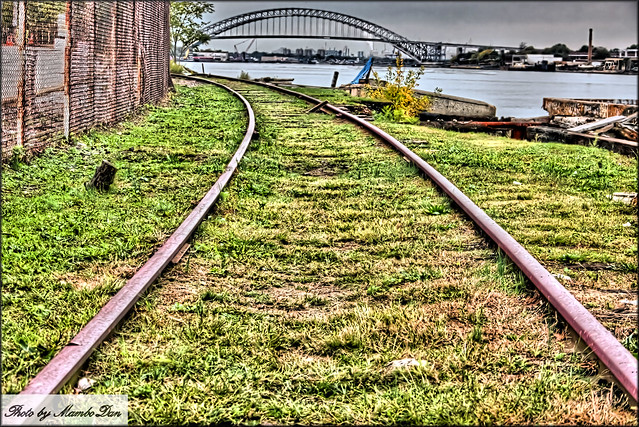
During FASTRACK, the nearby 4 train will provide alternative travel for the IND Concourse Line. (via Second Ave. Sagas on Instagram)
The Yankees are off for the All Star Break, and thus a large portion of the IND Concourse Line’s weeknight summer riders won’t be needing subway service. To that end, starting just over an hour ago and lasting each night from 10 p.m. to 5 a.m. this week, Transit is bringing FASTRACK to the Concourse line north of 161 St.-Yankee Stadium.
Here’s the nitty-gritty: D train service is suspended between 205th Street and 161st Street in both directions. B train service will end early each night, and Bronx-bound D trains will skip 155th St. Customers should take the 4 just a few blocks to the west instead. Shuttle buses will run in between 205th St. on the D and Mosholu Parkway on the 4 only.
This is the same service patterns Transit implemented back in January (and April) when the agency first brought FASTRACK to the Bronx. Leave some extra travel time.




















